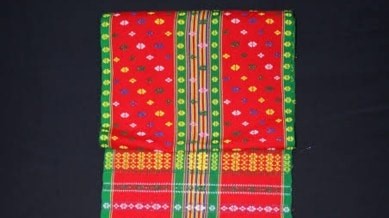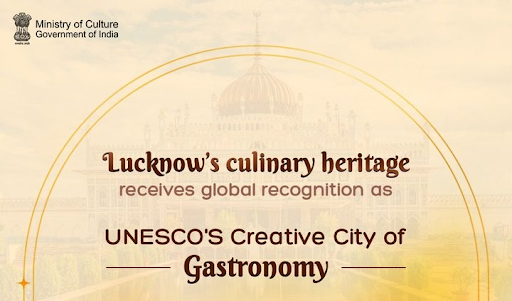Description

Disclaimer: Copyright infringement not intended.
Context
- Tripura’s traditional tribal attire, known as "risa," has been granted the Geographical Indication (GI) tag, adding to the state's cultural heritage.
- Chief Minister of Tripura announced the recognition, highlighting the efforts of the Killa Mahila Cluster of Gomati district promoted by Tripura Rural Livelihood Mission (TRLM).
Details
- Risa is now being branded under India Handloom, further enhancing its recognition.
Components of Tripura’s Traditional Attire
- Risa: A handwoven cloth used as a female upper garment, headgear, stole, or a token of respect. It is wrapped around the torso twice.
- Rignai: Worn as the lower garment, it is similar to the sari of mainland India.
- Rikutu: Used as a wrap, head covering, or as part of the attire of newly married Tripuri women.
Cultural and Historical Significance
- The traditional attire has been part of Tripuri culture for centuries, with origins dating back to before the time of the Manikya kings.
- Risa holds social, religious, and ceremonial significance, being used in events like Risa Sormani for adolescent girls and in religious festivals like Garia Puja.
- Adolescent Tripuri girls receive their first risa during an event called Risa Sormani, typically at ages 12 to 14.
- Men also wear risa as a turban during weddings and festivals.

Diversity Across Tribal Communities
- Risa is prevalent in all 19 indigenous tribal communities of Tripura, with each community having its unique design.
- The handwoven garment remains an integral part of Tripuri households, reflecting the rich cultural diversity of the region.
Garia Puja Festival
- Garia Puja is primarily a harvest festival celebrated by ethnic tribes such as Tripuris and Reangs.
- Held on the last day of the Chaitra month, it marks the culmination of the agricultural season.
- The festival includes the Garia dance, a traditional performance that adds vibrancy to the celebrations.
GI Tags in Tripura
- Tripura Queen Apples (agricultural)
|
PRACTICE QUESTION
Q. Consider the following statements in reference to Risa textiles:
1. The traditional attire has origins dating back to before the time of the Mauryan kings.
2. It is used as a wrap, head covering, or as part of the attire of newly married Tripuri women.
Which of the above statements is/are incorrect?
a.1 only
b.2 only
c.Both 1 and 2
d.Neither 1 nor 2
Answer: c
|















